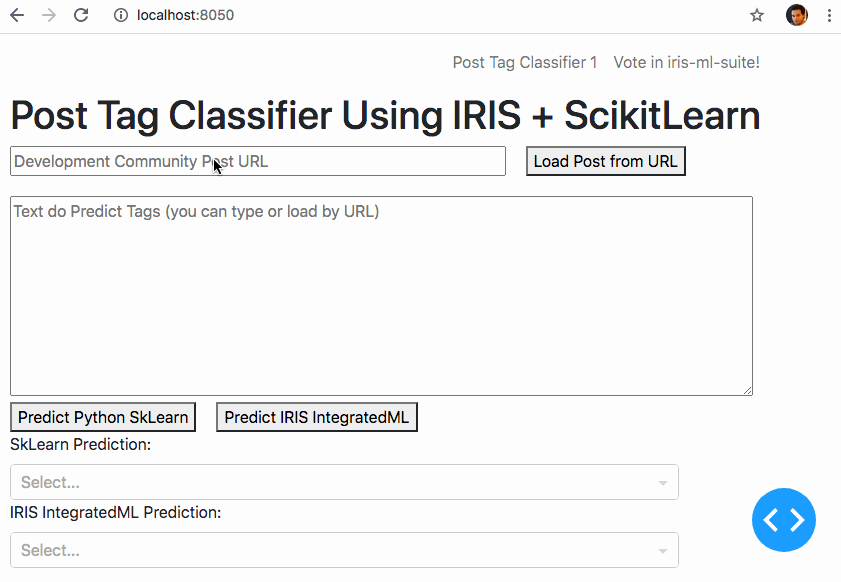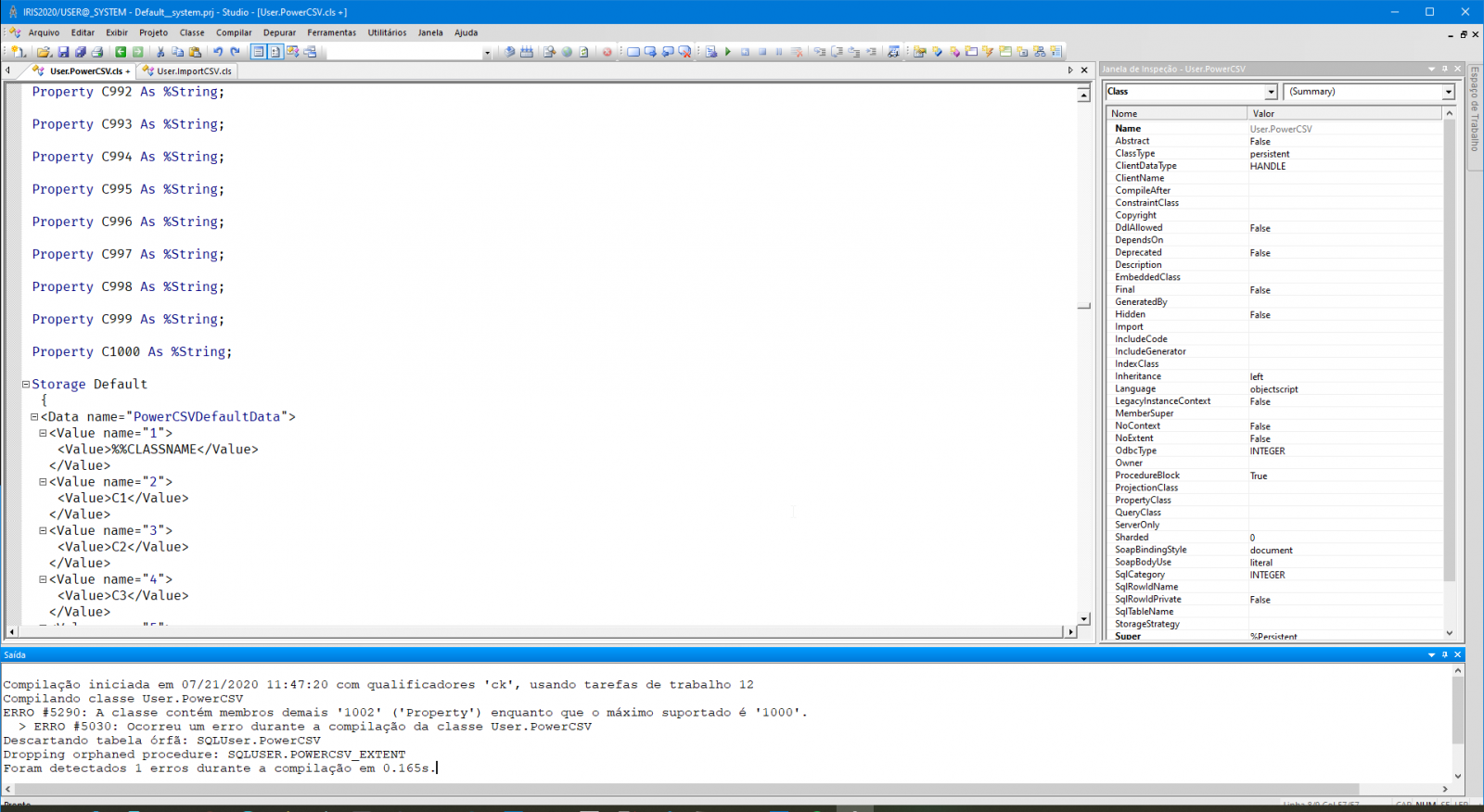This is the third post of a series explaining how to create an end-to-end Machine Learning system.
Training a Machine Learning Model
When you work with machine learning is common to hear this work: training. Do you what training mean in a ML Pipeline?
Training could mean all the development process of a machine learning model OR the specific point in all development process
that uses training data and results in a machine learning model.
So Machine Learning Models are not equal Common Applications?
In the very last point it looks like a normal application. But the concept is pretty different, because in a common
application we don't use data in the same way. First of all, to create ML Models you will need real (production) data at
all development process another difference is if you use different data you will have a different model..always...
Can you give some examples?
Sure! Imagine you are a system developer and create a system that controls services in a PetShop. The most simple way to
do this kind of system is create a DataBase do store data and create an application to interact with the user. When you
start develop it you don't need real data. You can create all system with fake data. This is impossible with machine
learning models they need real data at the starting point of development and it will be used until the last point of
development. When you create a machine learning model you provide data to an algorithm and the algorithm results in an
application fitted to those data, so if you use fake data, you will have a fake model.
What about Organize the Community with ML?
Getting back to the main subject. With all posts that I have I started exploring a sample and realize:
- Most post were without any tag
- Some posts were with wrong tags
- Some posts (from sample) with tags were right tagged
How use this data?
I take the option of create a BoW (Bag of Words) of the data and use the most popular classification algorithms with.
How do I featurize those data? My brief of attempts here:
1st Attempt - Training with only post data
Take all the data with tags, separate 80% for training and 20% to validate the model. The resulting model didn't perform
well. Most of time it was predicting all text were about Caché... (the BoW was with aroun 15000 features)
2nd Attempt - Training with only post data removing stop words
Thinking of most posts has the same words like: hi, for, to, why, in, on, the, do, don't... the model probably was taking
the wrong way to predict the tags. So I removed all stop words and vectorized the data, resulting in around 9000 features.
But the model continues to not perform well.

3rd Attempt - Training with Tags Description
Looking at tags table, I see a short description of each tag. So I give the chance to that small phrases be my guide to
the right way to tagging like in real life. It resulted in about 1500 features and using it the model starts performing
well enough to show to other people =)
4th Attempt - Training with Tags Description
After all this quest I decide to test if IntegratedML could perform better than my model. So I converted the last Bag of
Words into a Table but I faced a problem: a bag of words with 1500 features means that I need a table with 1500 columns.
And reading the IRIS docs the limit of columns was 1000. So I changed my vectorizer to use only 900 features. It would
less but was the only way that I could think.
Classification Algorithms
I tried 3 algorithms with different params:
- SVM
- Random Forest
- Logistic Regression
The best performer (at least in last days) was Logistic Regression in a strategy One vs Rest. One vs Rest consider that
you have 1 class to predict versus a more than 1 other classes.
Next article: End-to-End Application
I hope you are enjoying. If you like the text and my application, please vote on
https://openexchange.intersystems.com/contest/current in my application iris-ml-suite


1000 cols problem looks serious. I bet we discussed it before: @Dmitry Maslennikov , @Robert Cemper , @Eduard Lebedyuk ?
I 've never seen the 1000 cols limit. (Consider the record size and the related impact to storage !)
But in a comparable situation, I used an array with the column name as a key. => unlimited columns, slim storage.
And you can work on it in SQL and in classes.
BUT this is object thinking, not straight SQL
a little bit cross thinking it reminds me of this
https://community.intersystems.com/post/unlimited-unique-index
Thanks, Robert! Yes, this is relevant stuff. I'm not sure if this fits in that case, I mean if the approach could be used with ntegratedML
Nice to meet the limitation =)
PythonGateway does not have this limitation with global transfer and sql procedure for SQL access. Recently I've done an ml poc with a data set 6400 columns wide without issues.
In my application I just put all my dataset into a table to be used with integrated ML. The error that was talking about:
I was curious about the error mentioned in the article/images and try to create a persistent class using IRIS Studio. I got the same error.
@Eduard Lebedyuk , let me ask you a question about IntegratedML as a rookie in this field.
Using the example of 6400 columns that you mention, can I use the IntegratedML to create a model, train it through PythonGateway? Or IntegratedML only can be used in persistent classes inside IRIS?
@Renato Banzai, @Henrique Dias I just published an article about creating classes with more than 999 properties in InterSystems IRIS.
Check it out!
Thanks @Eduard Lebedyuk